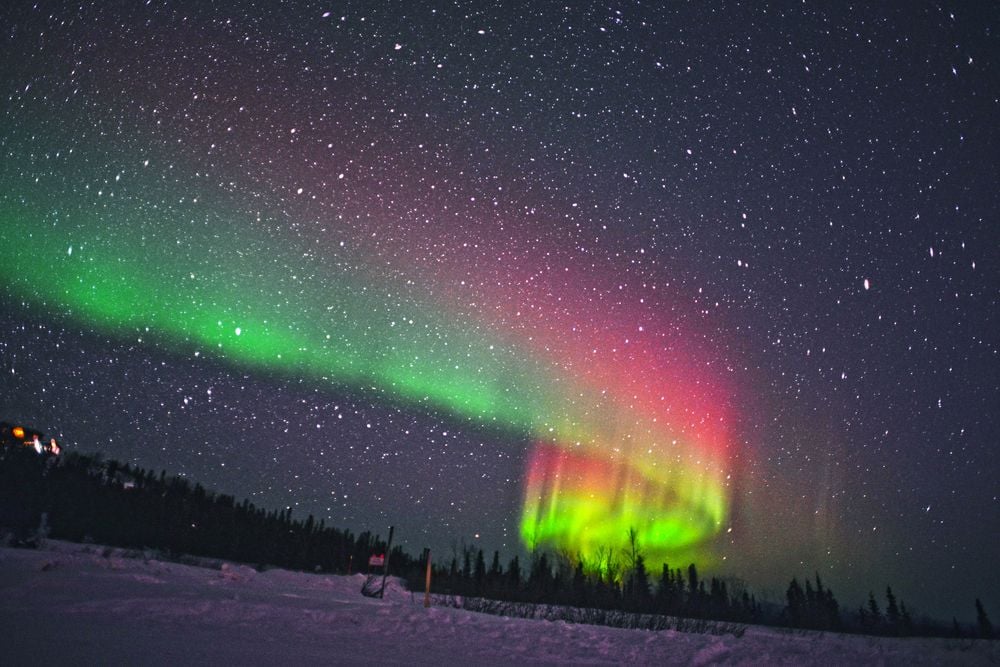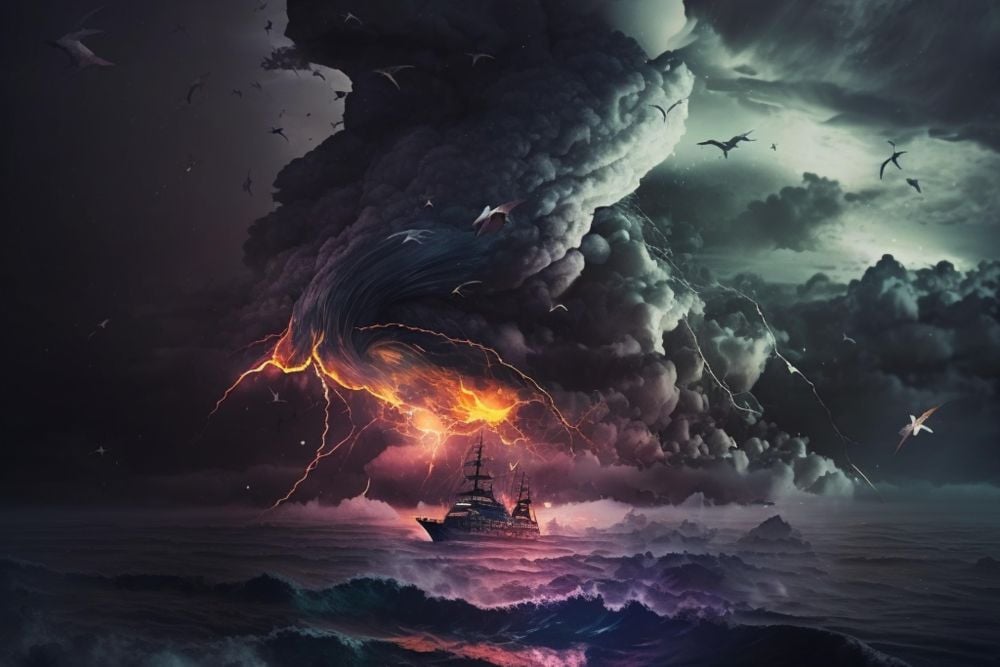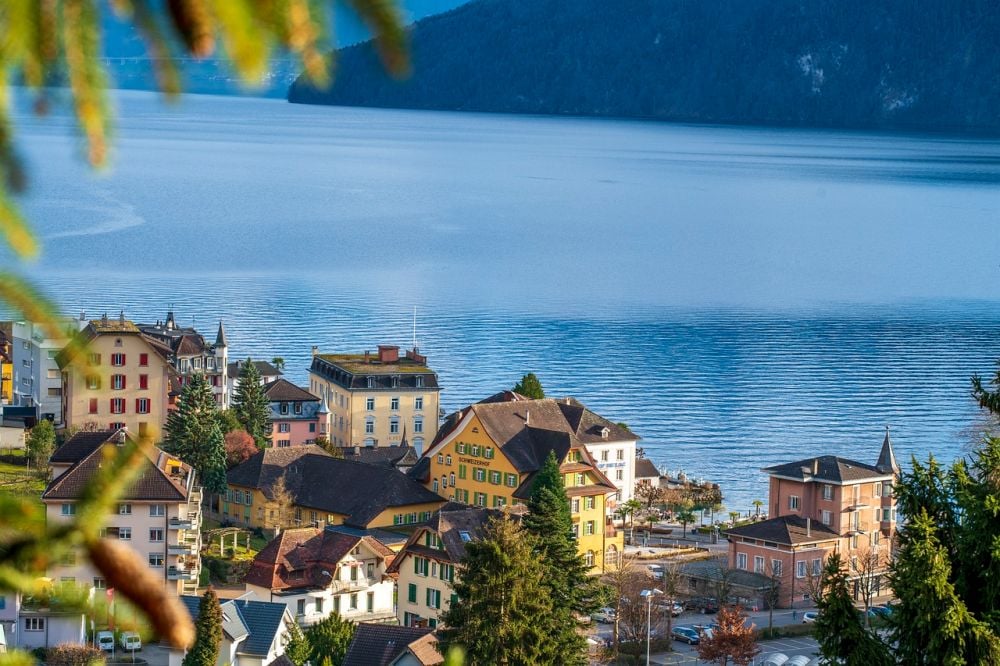8 Best Places to See the Northern Lights for a Once-In-A-Lifetime Experience
Picture yourself standing under the velvet blackness of the sky with waves of green, purple, and pink silently lighting the sky above you – otherworldly, mysterious, and so very mesmerizing, right?
This isn’t a dream scene nor a sci-fi flick; it’s the aurora borealis, the most awe-inspiring phenomenon of nature. But to actually see it is not as easy as looking up at the night sky. The northern lights occur only in a certain area and at a certain time under special conditions. That’s why the chase is so thrilling and the reward is so unforgettable…

We have discovered the most breathtaking spots on our planet, from the frozen wilds of the Arctic Circle to secret spots closer to home where you can observe this celestial ballet with your own eyes. If the northern lights are a dream of yours, this is your starting point.
What Are the Northern Lights, Really?
To truly appreciate the magic of the northern lights, it helps to understand the science behind the spectacle. At its core, this dazzling display is the result of a cosmic interaction between solar wind, streams of charged particles ejected from the sun, and Earth’s magnetic field and upper atmosphere.
As these solar particles spiral towards our planet, they collide with the magnetic field, which is an armor-like structure protecting the planet. Instead of having the particles hit directly, the particles are channeled in the direction to the polar regions by the magnetic field.
When the particles enter the atmosphere, they bang upon gases such as oxygen and nitrogen, and they glow just like the gas in a neon-like glow. The result? Flaunting lines of color that billow over the sky in waves of greens, pinks, violets, and sometimes, even red.
Sometimes, when the solar activity is particularly high—Earth’s magnetic field flips and straightens itself out – this explosive snapping motion sends even more particles beyond Earth’s field into the upper atmosphere, intensifying the aurora and taking it as far south as it doesn’t go normally.
In the north, it’s referred to as the aurora borealis when this phenomenon occurs there; in the south, it’s the aurora australis.
When Is the Best Time to See the Northern Lights?
Whatever direction you’re heading – Whether Alaska, Iceland, and Northern Europe – winter is the best season for chasing the northern lights. The aurora technically happens around all the time, but only when the sky is dark enough is it possible to see it, and you’ve got those long–winter nights to do your best.
After you have chosen your destination, time is even more important. Sunny, cloudless skies are necessary, so it’s wise to avoid those months that experience high rains or overcast, like spring and fall in many places. Winter, however, is colder, but presents drier wind and clearer nights, which give you a better chance of seeing the lights.

For each site, there is an optimal aurora season dictated by weather patterns and by latitude. For example, in Scotland, your best bet is November through February, but you can refine your visit according to other holiday wishes, for example. Looking for a trip to go along with Edinburgh’s festive December festivities? Or have a quieter evening during February? The choice is yours.
It is the same logic all over. If you are headed to Alaska, your best bet for seeing the aurora is between December to April.
Where Can You See the Northern Lights at Their Best?
If you want front-row seats to one of nature’s most dazzling shows, you’ll need to head north—way north. The best places to see the northern lights are scattered across the Arctic Circle and are known for their long, dark winters and crisp, clear skies. Bundle up, charge your camera, and get ready to chase the aurora in some of the most scenic corners of the world.
1. Manitoba, Canada
Manitoba is an excellent way to experience the northern lights if flying all the way to Europe isn’t part of your plan. The Town of Churchill especially witnesses aurora activity about 300 nights a year and is also commonly more accessible than Arctic Europe.
Churchill is well known as the “polar bear capital of the world,” and you can combine your aurora adventure with exciting polar bear safaris. Although the lights are visible all year, February and March provide the best skies for observing, and October and November are ideal for observing polar bears.
Where to stay:
- Churchill for easy access to aurora viewing, local guides, and wildlife lodges.
- Nanuk Polar Bear Lodge for an immersive tundra experience with guided polar bear encounters.
2. Norway
Norway is at the top of many people’s lists of places seeking aurora, and this is for a good reason. With wide cities such as Tromsø to the icy landscape of Svalbard, the land is one of the most likely places to see the northern lights.
Such far-north points have long periods devoid of light, which increases your chances of seeing the glow. Even Tromsø holds an annual festival where the Northern light festival combines music and culture, and sky-gazing.
Where to stay:
- Tromsø for a mix of adventure and urban comfort.
- Svalbard for a more remote experience.
3. Iceland
Iceland is legendary for the potential of its aurora on paper. But Mother Nature does not always do what you want. Due to its northern location, Iceland has lots of clouds and erratically changing weather, which can sometimes prevent one from seeing things, even when it’s extremely active, sometimes. Nevertheless, it is a premium destination, yet due to magnificent landscapes and geothermal attractions.
Where to stay:
- Reykjavík to help you ease into the country’s culture and cuisine, after which you can set your sights on the best viewing areas.
- The Öskjuhlið hill for the city life clear views.
4. Scotland
You would not expect to be going up to Scotland to chase the northern lights, but it’s as far north as you’d expect. Northern Scotland lies at the latitudes of Stavanger in Norway and Nunivak Island in Alaska, making it a surprisingly good place to catch a sight of the aurora borealis, or as locals refer to it, the “Mirrie Dancers”.

Some of Europe’s largest dark-sky areas are found in the country, including its second Dark Sky Park and several Dark Sky Discovery Sites that remain barely touched by human light pollution. Combine this with a plethora of winter activities, stargazing, hiking, and festive markets to make Scotland a winter travel jewel yet not an aurora destination.
Where to stay:
- Orkney or Shetland Islands for remote skies and stunning coastlines.
- Isle of Skye near the Trotternish Peninsula for dark-sky viewing and quirky stays like the Shulista Croft Wigwams.
5. Alaska
Alaska is hard to beat when it comes to aurora hunting in the U.S. Alaska is magical during winter on its own, but the northern lights are even beyond magical. The large wilderness of the state and its long nights work in favor of making it a great destination, and there is no lack of winter entertaining-pick dog sledding, snowshoeing, and hot springs.
Where to stay:
- Fairbanks for easy access and a high chance of aurora activity.
- Remote glamping lodges outside the city for a more immersive wilderness experience.
6. Michigan
A place less known, but one to see the aurora, is the Headlands International Dark Sky Park at the northernmost point of Michigan’s lower peninsula. Sightings are relatively rare compared to Alaska, but even so, its 550 acres offer clear night skies under the right conditions.
Where to stay:
- Mackinaw City for easy access to the park and a range of lodging options.
- Brigadoon B&B for a quaint, comfortable stay near Aurora viewpoints.
7. Minnesota
For the chance of seeing the northern lights in the lower 48, go to northern Minnesota. Despite having a dark sky and pristine nature, it’s a direct challenge. Some of the main areas for viewing are the Boundary Waters Canoe Area, the Voyageurs National Park (certified by the IDSP), and the Lake of the Woods region.
Where to stay:
- Ranier for proximity to top viewing spots and cozy local charm.
- Duluth is a fly-in hub with a scenic drive north to Aurora County.
8. From a Cruise
The deep, dark blue skies of the ocean provide some of the clearest glimpses of the northern lights and make a cruise one of the most unique and memorable ways to see them. On an expedition cruise – say, from Greenland to Arctic Canada – staff notify passengers when auroras become visible, eliminating spontaneous watching of the skies throughout the night on your part.
When it’s a High Arctic adventure or a splendid tour of Norway, travel on cruise lines offers convenience and proximity of distant skies. In addition, numerous itineraries involve nature outings, cultural explorations of the local region, and guided stargazing.
Where to stay:
- Adventure Canada for high-adventure Arctic expeditions with hiking and kayaking.
- Viking’s In Search of the Northern Lights cruise for a cultural journey through Norway with aurora-focused excursions.






